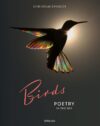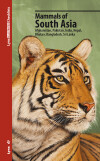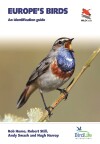New Book: A Photographic Field Guide to the Birds of India, Pakistan, Nepal, Bhutan, Sri Lanka, and Bangladesh
May 19, 2017 | Comments (0)
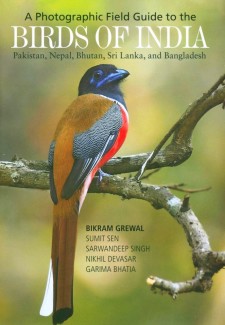 A Photographic Field Guide to the Birds of India, Pakistan, Nepal, Bhutan, Sri Lanka, and Bangladesh
A Photographic Field Guide to the Birds of India, Pakistan, Nepal, Bhutan, Sri Lanka, and Bangladesh
by Bikram Grewal, Sumit Sen, Sarwandeep Singh, Nikhil Devasar, and Garima Bhatia
From Princeton University Press:
This is the only comprehensive photographic field guide to the birds of the entire Indian subcontinent. Every distinct species and subspecies–some 1,375 in all–is covered with photographs, text, and maps. The guide features more than 4,000 stunning photographs, many never before published, which have been carefully selected to illustrate key identification features of each species. The up-to-date facing-page text includes concise descriptions of plumage, voice, range, habitat, and recent taxonomic changes. Each species has a detailed map reflecting the latest distribution information and containing notes on status and population density. The guide also features an introduction that provides an overview of birdlife and a brief history of ornithology in India and its neighbors. The result is an encyclopedic photographic guide that is essential for everyone birding anywhere in the subcontinent.
- Covers all 1,375 subcontinental bird species
- Features more than 4,000 stunning photographs to aid quick field identification
- Includes up-to-date facing-page text and range maps
- Contains concise descriptions of plumage, voice, habitat, and much more
This is a very attractive guide, filled with lots of great pictures (wow, those minivets are amazing!). It’s more suited to be a reference rather than field guide, though. That’s mainly due to its size (thick and heavy) and small, nearly inscrutable maps.
A Photographic Field Guide to the Birds of India, Pakistan, Nepal, Bhutan, Sri Lanka, and Bangladesh
by Bikram Grewal, Sumit Sen, Sarwandeep Singh, Nikhil Devasar, and Garima Bhatia
Flexibound; 792 pages
Princeton University Press; April 25, 2017
ISBN: 9780691176499
$45.00


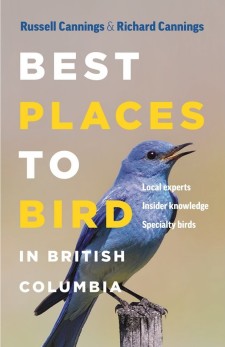 Best Places to Bird in British Columbia
Best Places to Bird in British Columbia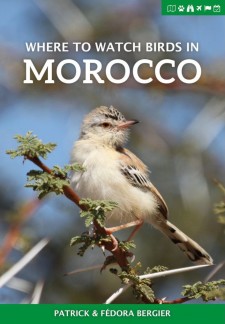 Where to Watch Birds in Morocco
Where to Watch Birds in Morocco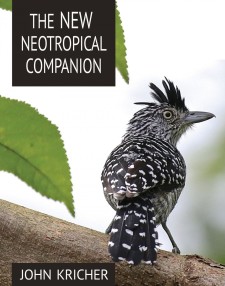 The New Neotropical Companion
The New Neotropical Companion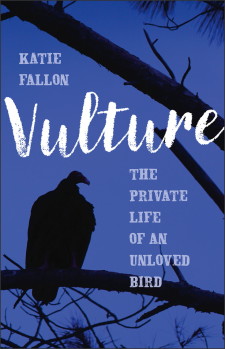 Vulture: The Private Life of an Unloved Bird
Vulture: The Private Life of an Unloved Bird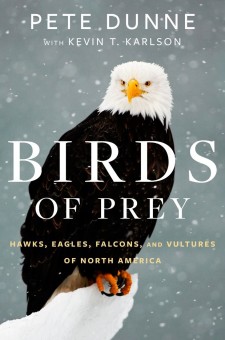 Birds of Prey: Hawks, Eagles, Falcons, and Vultures of North America
Birds of Prey: Hawks, Eagles, Falcons, and Vultures of North America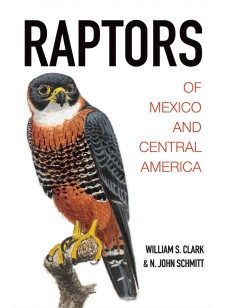 Raptors of Mexico and Central America
Raptors of Mexico and Central America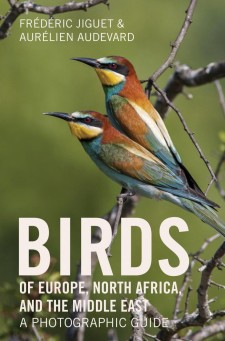 Birds of Europe, North Africa, and the Middle East: A Photographic Guide
Birds of Europe, North Africa, and the Middle East: A Photographic Guide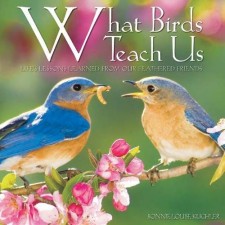 What Birds Teach Us: Life’s Lessons Learned from Our Feathered Friends
What Birds Teach Us: Life’s Lessons Learned from Our Feathered Friends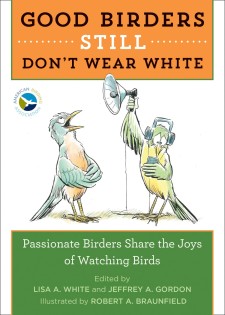 Good Birders Still Don’t Wear White
Good Birders Still Don’t Wear White



